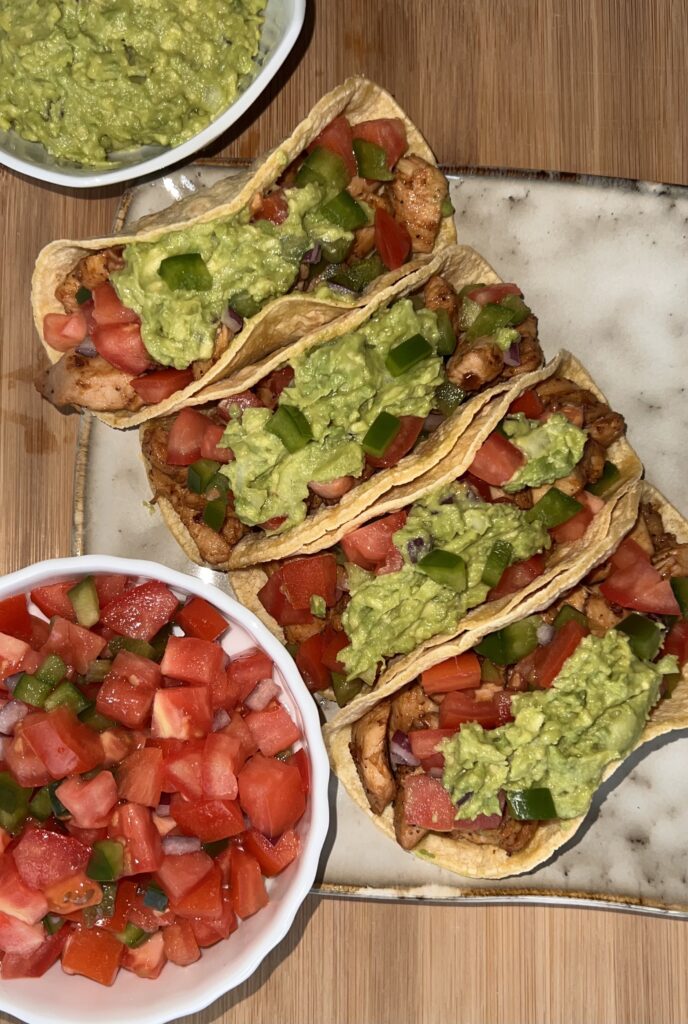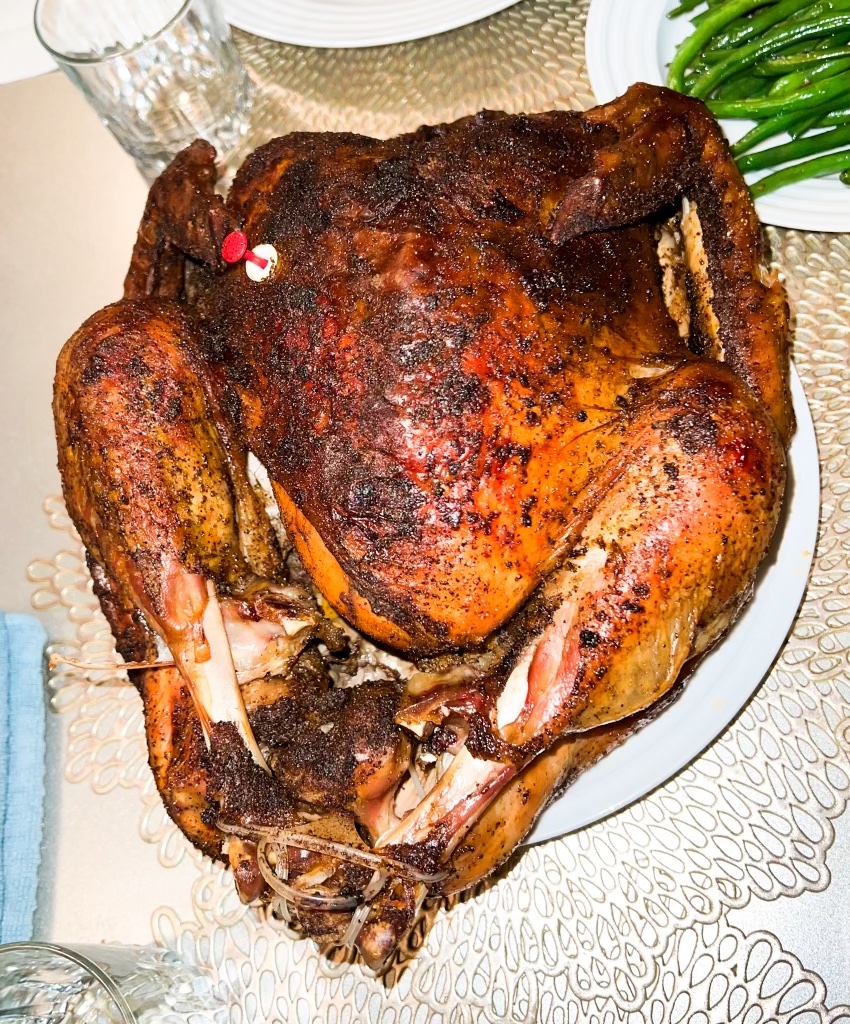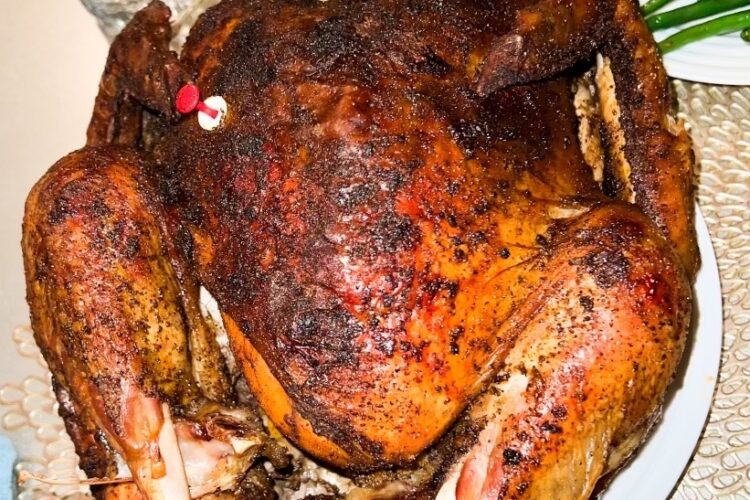This post may contain affiliate links, which means I may receive a commission from purchases made through the links.
I did not grow up eating cheese. Not because I disliked it, but because cheese was simply absent in my environment growing up. I ate pizza for the first time in college and I don’t remember the cheese in it being super stretchy. So, when I came to the United States and first saw all the pizza ads on TV, I innocently asked my host, “What’s all that stretchy stuff on there?” And he said, “It’s cheese.” I probably just shrugged in astonishment because it looked quite strange to me. That was just the beginning of me learning about and getting used to American cuisine.
Confusing, Amazing, and Surprising Dishes
American cuisine in this case refers to all foods that I encountered here in the United States, regardless of their origin (because really, they do somehow become American foods if they are made and served in America, right?) There was a lot that was confusing, amazing, as well as surprising. From Tacos to Thanksgiving turkey and baby vegetables, I was constantly on my toes trying to understand it all. Let alone the struggles I had ordering food in restaurants.
I’m writing to share with you some of my hilarious experiences and observations regarding food in the US. If not just for laughs, maybe they will be helpful to someone out there. I don’t know. And if you immigrated to the US as a grown-up like me, you will probably relate in some way (and I bet you have your own bunch of funny experiences too).
‘Tacos’ Had Me Shocked
My first time learning about Tacos. I go to Chipotle with a friend for lunch, and I hear someone ordering a taco. “What?” I ask myself in amusement. “Did that person just say they wanted a ‘tako’?” At this point, you might be wondering what could ever be wrong with ordering a taco. Well, ‘tako’ in Swahili means ‘butt.’ It is one of those words you stay away from in public unless you mean to be rude or inappropriately mischievous. Hearing it in a restaurant was the least I expected. Of course, I quickly concluded that the word surely meant something else in a language that I didn’t know. I hoped and prayed silently that this weird-sounding food name was not spelled with a ‘k’ because I wouldn’t be able to live with it. Luckily, it wasn’t.

I shared the taco story with my family back in Kenya and they laughed so hard that there was a food item out here with such a name. I told them how it was a super popular delicacy and explained how tortured I was mentally every time I had to order it aloud. Which somehow, turned out to be a lot because I love… ahem, tacos too. I think I am finally succeeding at switching that part of my brain off and accepting that tacos are to be enjoyed without one feeling embarrassed to order them.
The Thanksgiving Turkey. Oh, Man!
Then came the Thanksgiving turkey. I was like, “What on earth is going on with the Americans? Why not cut up the bird into pieces?” I have to add another cultural note here that it is uncommon for East Africans or at least Kenyans, to be more specific, to cook a whole bird like that. Often, all meats are cut into bite-size pieces or some sort of chunks before cooking. The only instance where I had seen a bird being cooked whole back home was when the in-laws were visiting the other in-laws (a very big deal, usually). Even then, it was chicken and not a humongous turkey. The thought of cooking a whole turkey absolutely surprised me back then. Now, I am a huge fan of whole turkey and I don’t want it any other way. Check out below the picture of my delicious whole turkey from last year’s Thanksgiving. Yaay!

I think it is safe to say that I have now become quite a pro at making the Thanksgiving turkey. I’m telling you, the one you see herein was so good! The meat came out so soft and juicy and with that giblet-incorporated gravy, yum! Too bad I am writing this in March. I am already hungry for Thanksgiving turkey. I will make sure to link the recipe here in time for this year’s Thanksgiving, so please save this article somewhere if you’d like to see it.
Baby Vegetables in American Cuisine
This was another category of food that amused me when I first arrived in the US. Especially sweet corn. “Why harvest corn before it is ‘ready’?” I wondered because, in my culture, you would be seen as crazy to harvest it at that stage. I then learned that baby carrots, baby peas, and even baby potatoes existed! I figured that Americans probably just loved soft food and didn’t like to overwork their jaws, which was the complete opposite of my own culture. Almost all of our foods in Kenya are harvested mature and since they are mostly organically grown, that food will work your jaws all the way. Even the Kenyan meat is much tougher. As for corn, it is dried for storage and when boiled thereafter in a staple meal known as githeri, it is often some form of jaw work-out eating it.

I learned that besides their softness, baby vegetables in some cases are known to be more nutritious than their matured versions. Who doesn’t want that? But still, while I am cool with eating all the baby vegetables now, I sometimes wish I could get my hands on matured corn, you know, for githeri. Let’s just say, old habits die hard.
Ordering Food in American Restaurants
I won’t tell you how many times I ordered some funny combinations in restaurants when I was new in the US. It was a real struggle to understand those extensive menus. The lists of appetizers, salads, entrees, desserts, and others seem endless, and their often exotic names don’t help either if you are new to it all. The thought of eating out made me anxious on many occasions. One time, I ended up with a very foreign-looking sandwich when I thought I had ordered a meal that was closer to what I was used to back home (where lunch sandwiches are quite uncommon). I eventually got the hang of it but man, it was tough.
The struggle with choosing extends beyond restaurants. The American grocery stores can be just as confusing to newcomers with their wide variety of everything from meats to snacks. My advice? Just ask, and don’t get tired of asking. There are countless awesome people wherever you are who are always willing to help. Don’t die silently if you are struggling with anything.
American Cuisine is Simply Wide and Diverse
Thanks to the US being a melting pot of cultures from all over the world, American cuisine is so wide and diverse that it can be overwhelming and easily intimidating to anyone coming into the country for the first time. I know friends from back home who tend to stick to only what is familiar to them. That, for some, means staying away from any food containing cheese, for instance (and if you ask me, that means missing out on a lot of great food). I particularly love this diversity, not just because I can try almost anything that I can get my hands on, but because with it comes variety. I can easily find something close enough to my own culture.
That being said, I consider myself lucky to have an outgoing palate that allows me to explore all that American cuisine offers. I can happily say that I have tried food from all around the world here in the US. Some I have eaten with eagerness, some with a bit of anxiety, and some, like the alligator nuggets that I had in Florida, with outright bewilderment. But I ate them all. I encourage you to also explore cuisine from other cultures. This very blog is a great place to start as it offers numerous delightfully diverse recipes. You’ll be surprised how many gems you will discover.
Conclusion on American Cuisine
To conclude, there are many things that I appreciate about American cuisine. As it is with any other part of the world, the diversity is abounding, albeit in different ways. You just need to be unreserved and willing to learn and try new foods, and you will discover everything for yourself. I share my experiences here as a Kenyan and they probably differ from yours. So, it is your turn to share. If you immigrated to the US like me, what experiences with food astonished you the most? If you are an American, tell us what experiences you’ve had when visiting other countries! Post in the comment section below.






